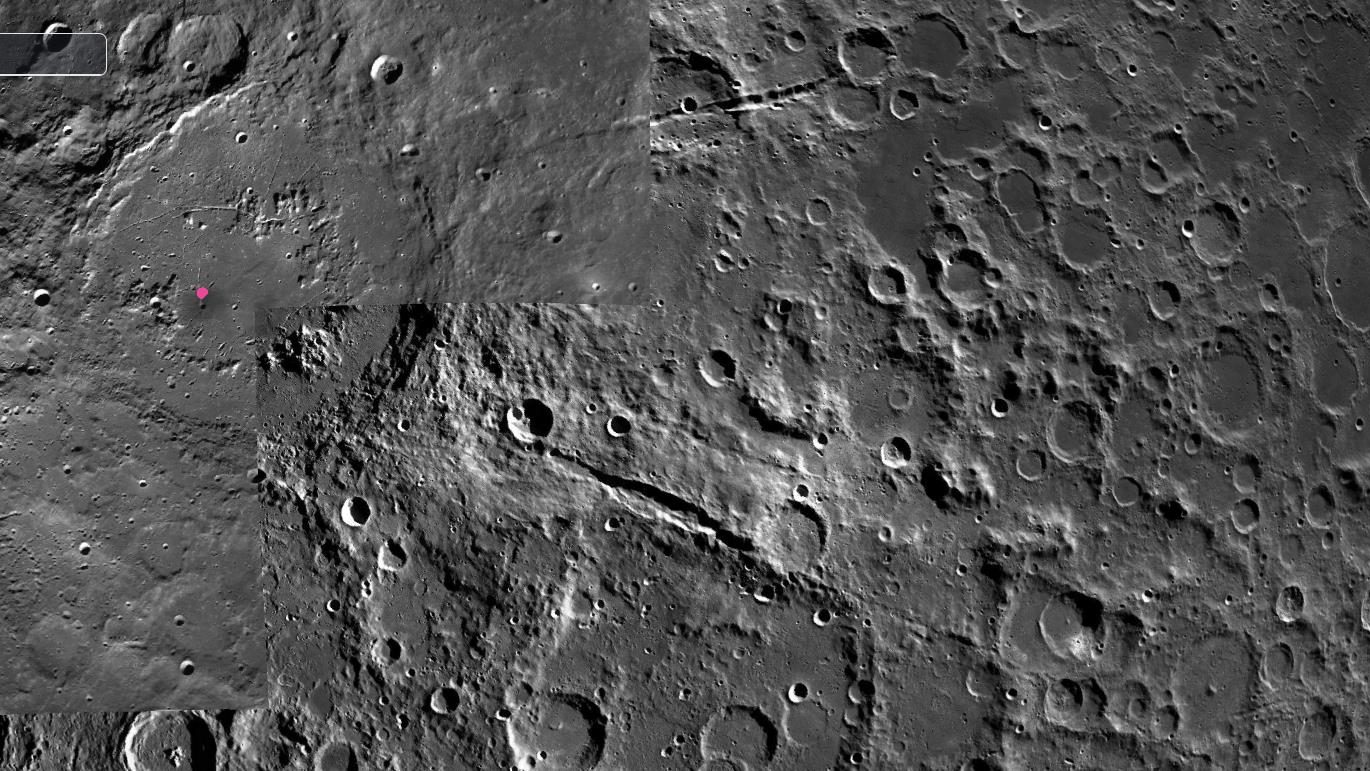The Ancient Greeks and the First Total Lunar Eclipse of 2011

The first total lunar eclipse of 2011 took place less than a week ago although people residing in North America weren’t able to enjoy it. This time around, people in South America, the eastern half of Africa, central Asia and Australia among others were the lucky ones. People in Europe had the opportunity to view a good majority of it but missed the beginning because the event took place prior to their moon rise. Google however did live-stream the event by teaming up with the Slooh Space Camera for those who weren’t able to catch a glimpse. Google later published a 4-hour+ video of the entire eclipse on their YouTube Channel which can viewed below.
When watching the lunar eclipse, one should also think of how the ancient Greeks, over 2,000 years ago, used eclipses and shadows to calculate the rough dimensions of the earth, moon, sun system. This was one of the great mathematical achievements of ancient Greece, led by Erosthenes and Aristarchus.
First, the Greeks calculated the size of the earth to roughly 10% accuracy. They noticed that, at noon, not all shadows were the same throughout the ancient world. In fact, at one time of the year, sunlight would, at noon, shine overhead, so that no shadow would be cast down to the bottom of a deep well. So if we know d, the distance between two cities, and theta (the angle cast by a stick in one city, while the other city has no shadows at all), then we can calculate R, the radius of the earth, by using simple trigonometry:
Sin theta ~ d/R
Similarly, by using R, one can calculate the distance to the moon. The Greeks knew that the moon exactly covered up the sun during a solar eclipse. Hence, day turned into night. But they also noticed that the moon only took up roughly 3/5 of the size of the shadow of the earth as it went through that shadow. Knowing these two facts (that the moon perfectly covers the sun during a solar eclipse but only partially covers the shadow of the earth during a lunar eclipse) one can again use trigonometry to calculate the moon-earth distance.
Sadly, although the Greeks could calculate astronomical distances only using trigonometry, this store house of knowledge was largely lost with the fall of the Roman empire. It would take several thousand years to recover this lost knowledge.
According to NASA (Visit the 2011 Eclipse Calendar) — Predictions for the eclipses for the remainder of the year are as follows with links to World maps showing the regions of visibility for each:
Until Then….





